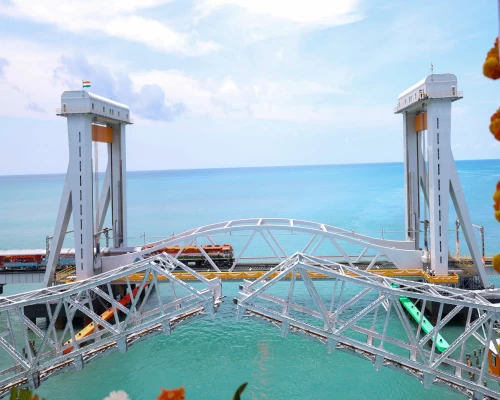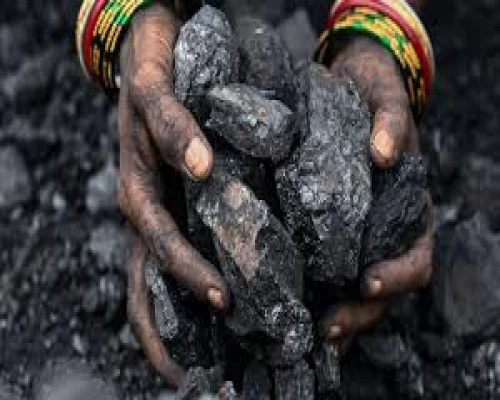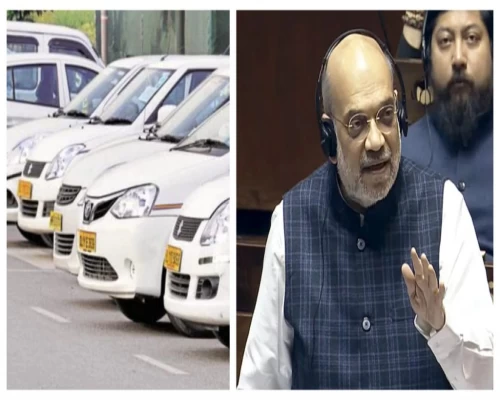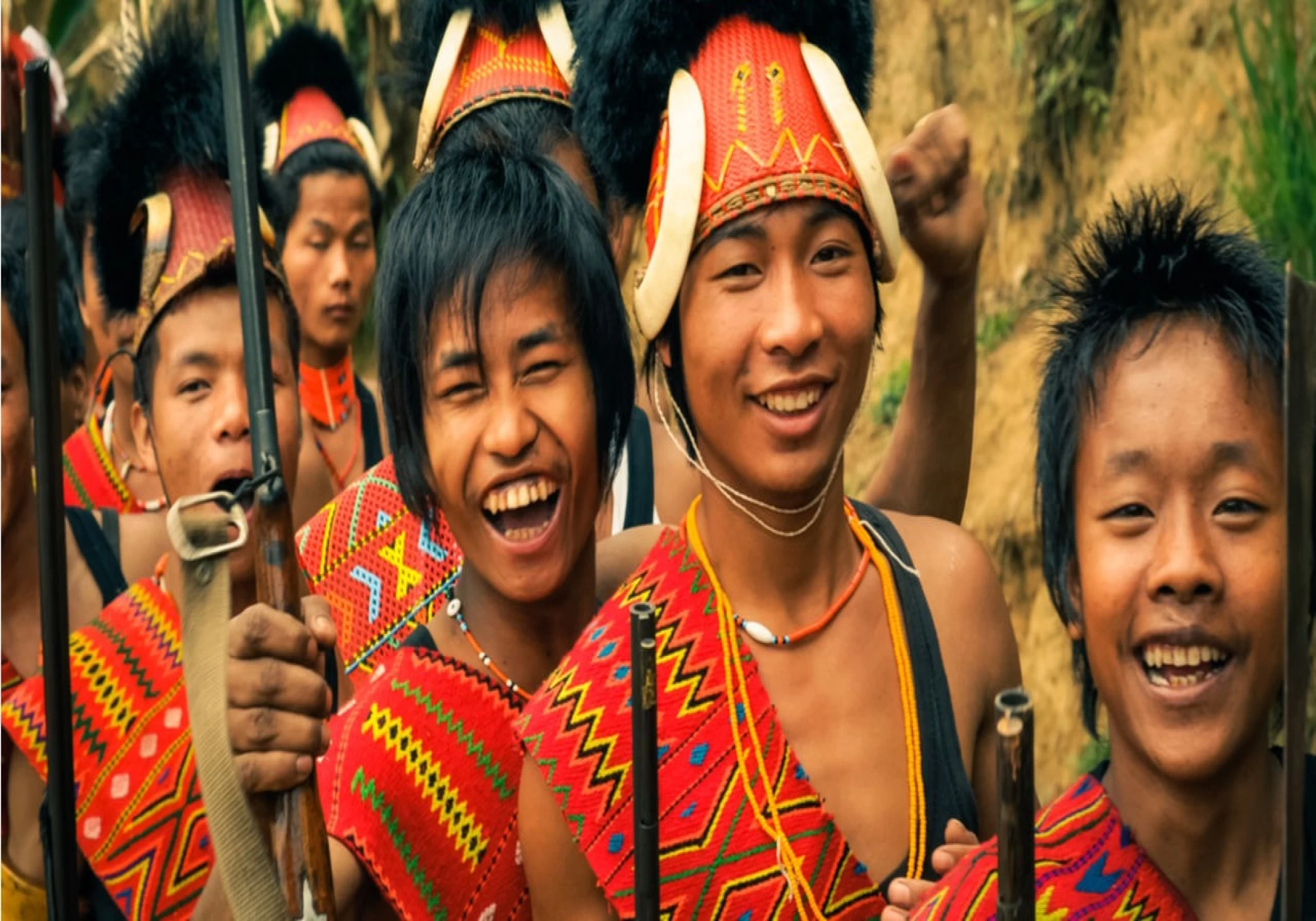
New Delhi: India has long been home to a vibrant and diverse tribal population, accounting for 8.6% of the total population, according to the 2011 Census. Spread across more than 705 distinct groups, these communities live in remote areas, often facing challenges related to social infrastructure, education, and healthcare. To address these critical gaps, the Indian government has launched several initiatives to support the sustainable development and socio-economic empowerment of tribal communities. On 2 October 2024, Prime Minister Narendra Modi launched the ambitious Dharti Aaba Janjatiya Gram Utkarsh Abhiyan, marking a significant step toward improving the lives of tribal populations across the country.
The Dharti Aaba Janjatiya Gram Utkarsh Abhiyan, with an outlay of ₹79,150 crore, aims to bridge developmental gaps in nearly 63,000 tribal villages. This comprehensive program focuses on enhancing social infrastructure, health services, educational access, and livelihood opportunities for more than five crore tribal people living in 549 districts and 2,740 blocks in 30 states and Union Territories. The initiative integrates 25 interventions across 17 ministries and government departments to provide a holistic approach to tribal welfare.
Education plays a key role in empowering tribal communities, and the government has made significant strides in this regard. As part of the initiative, 40 new Eklavya Model Residential Schools (EMRS) were inaugurated, while the foundation stone was laid for 25 more. These schools are aimed at providing quality education to Scheduled Tribe children in remote areas, offering specialized facilities to promote local art and culture alongside sports and skill development. With an investment of over ₹2,800 crore, the EMRS system continues to expand, offering more opportunities for holistic education.
Complementing this initiative, the Pradhan Mantri Janjati Adivasi Nyaya Maha Abhiyan (PM-JANMAN) was also launched to boost infrastructure development in tribal areas. The focus of this project includes road construction, building Anganwadis, setting up multi-purpose centers, and improving school hostels. Additionally, efforts are being made to electrify over 75,800 households belonging to Particularly Vulnerable Tribal Groups (PVTGs). The government has also set up mobile medical units, Anganwadi centers, and Van Dhan Vikas Kendras in these regions to ensure better healthcare access and livelihood support.
Over the years, various schemes and programs have been introduced to support the socio-economic upliftment of tribal communities. These include pre-matric and post-matric scholarships aimed at reducing dropout rates, the National Overseas Scholarship scheme, which offers financial aid for higher education abroad, and the PVTG Development Program, which targets healthcare, education, and infrastructure for vulnerable groups.
The government's focus on tribal welfare is evident from the increased budget allocations over the years. For the financial year 2024-25, the allocation for the Ministry of Tribal Affairs stands at ₹13,000 crore, a 73.60% increase over the previous year’s estimate. This funding supports various developmental schemes, including the Development Action Plan for Scheduled Tribes (DAPST), which coordinates the efforts of 41 central ministries to ensure that tribal communities benefit from welfare programs across sectors.
Efforts are also underway to improve healthcare outcomes in tribal areas. The Sickle Cell Anaemia Elimination Mission, launched in 2023, is a major initiative aimed at eradicating the genetic blood disorder that disproportionately affects tribal populations. Other health initiatives, such as Mission Indradhanush, ensure full immunization coverage for children and pregnant women, while the Nikshay Mitra Initiative focuses on combating tuberculosis in tribal communities.
Cultural preservation is another important aspect of the government's approach. Tribal festivals such as the Aadi Mahotsav showcase the rich heritage of tribal art, crafts, and traditions, while research institutes dedicated to tribal welfare play a key role in documenting and preserving these unique cultures.
The launch of the Dharti Aaba Janjatiya Gram Utkarsh Abhiyan and the Pradhan Mantri Janjati Adivasi Nyaya Maha Abhiyan represents a renewed commitment by the Indian government to empower tribal communities and improve their quality of life. Through these initiatives, the government aims to bridge the developmental gaps in tribal areas while ensuring the preservation of cultural heritage.
BI Bureau





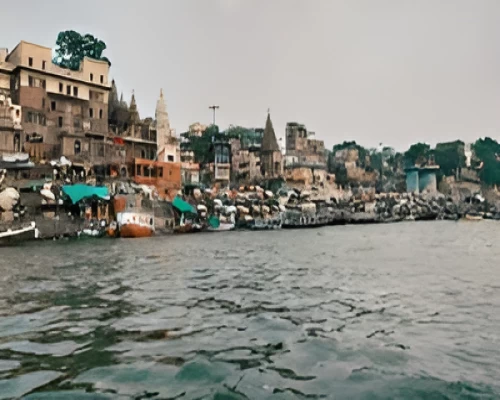
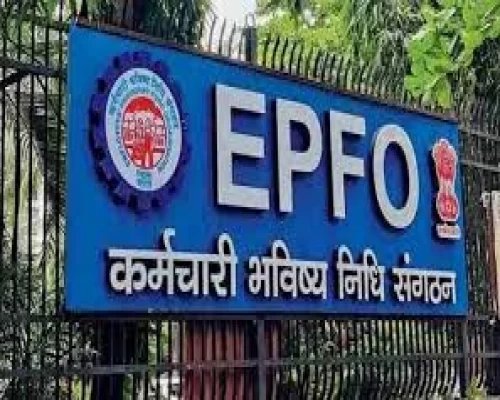
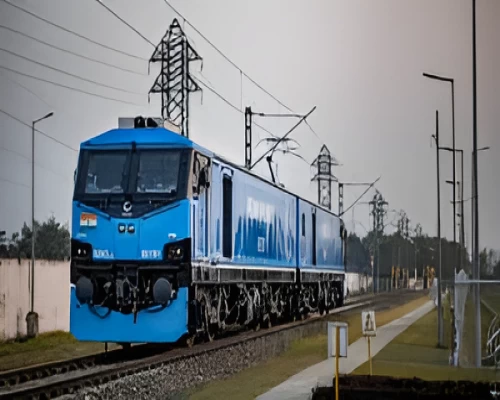
_500_x_400.webp)
